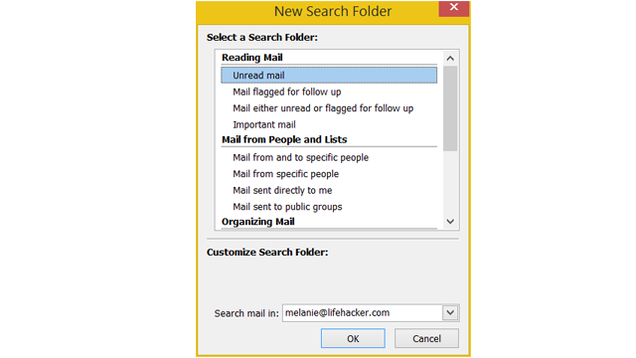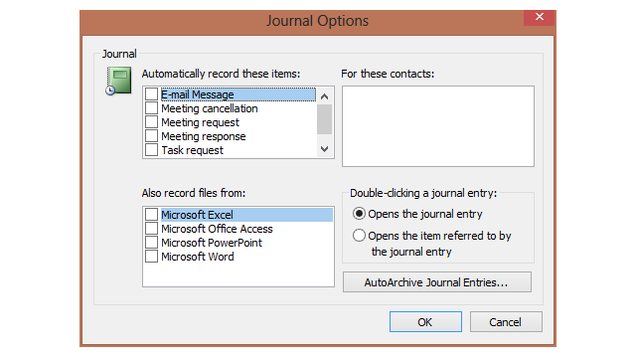12+ Tips and Tricks for Outlook - Part II
www.office.com/setup Blogs: 7. Use email templates to never write the same email twice. Tired of sounding like a broken record? For those emails you send often, such as requests for information or reminders of due invoices, save the email as a template via File > Save As… > Outlook template. Then, to use the template, go to New Items > Choose Form… and look in your "User Templates in File System" to browse for the template you saved. Or, even quicker, double-click the OFT file from Windows Explorer to create a new message from that template. You can also use text expansion to accomplish this across any program on your computer.

How to Use Text Expansion to Save Yourself Hours of Typing Every Week
In a regular day, most of us type the same things over and over again, wasting an enormous amount…Read more
8. Create search folders for your most important emails. What are your most frequently accessed emails? Maybe they're emails from your boss or certain subjects (now where's that TPS report?). For any search you perform often, just save the search for quick access. Click on Search Folders in the left navigation menu, select "New Search Folder," and then either use the wizards or manually customize the search to your specifications.

9. Quickly save emails as files. If you want to save certain emails for posterity, you have a few methods at your disposal. While you can individually save any email through the File > Save As... menu (options: text, HTML, Outlook Message format or .msg, HTML, .mht), it's far faster to save emails by dragging them to the desktop or Windows Explorer. This will save them in Outlook's proprietary .msg format, with the subject as the file name.
You could also use VBA scripts like this and these to automatically (or semi-automatically) save emails to your local hard drive as individual messages, freeing them from the .PST or .OST file Outlook keeps them in.
Tasks, Calendar, Notes, and Journal
Outlook isn't just an email client. It's a full-fledged Personal Information Manager. Having everything in one place has its advantages, but there are still ways to use all these features more effectively.
10. Group tasks by custom priority. If you want to use Outlook as your to-do manager too, MSDN's JD Meier suggests this organizational structure: In addition to adding a start date to each of your tasks, add a custom priority field (such as P0, P1, and P2). Then you can group your tasks by that custom field so you can see at a glance which ones to work on at the right time. For example:

This method might also work well with productivity techniques like working on tasks in batches—such as the Workstation Popcorn way of working productively from home—or if you want to organize your tasks by the amount of time they take.

Work More Productively on Your Own by Playing "Workstation Popcorn"
Productivity is a challenge when you're working for yourself or working remotely with no one…Read more
11. Use natural language to create a calendar event. Don't waste time scrolling through the monthly date picker to find the exact date for an appointment or meeting. In the date field, type naturally "Independence Day," "three days from tomorrow," and so on.
12. Save Outlook notes, events, and any other item to the desktop for quick access. It's not just emails you can save to your computer outside of Outlook: calendar events, notes, contacts, and everything else can be dragged to the desktop or a Windows folder as individual items for quick access later. Double-click the item—even if Outlook isn't open—and it'll open right away in Outlook.
Bonus (for Outlook 2010 and earlier): Use Outlook as an automatic time tracking tool. This one's been deprecated in Office 2013, but if you have an earlier version of Outlook, you can use the Journal to automatically log your tasks, time, Office documents usage, and so on. You have to click on the left navigation pane's "More" button to find the Journal icon and then enable the Journal to track messages from specific contacts, meeting requests, and time spend in other office programs.

You'll then see a timeline and detailed log of all these events, which is great for those of us who have to keep timesheets, invoice clients, or just want to jog their memories about where the time really went.
These are all just scratching the surface of Outlook's capabilities. Loaded with options and features, as well as VBA scripts you can install or write yourself, Outlook is a powerful tool for organizing your daily life. For more tips and tricks, see our previous collection of Outlook tips or share your favorites here.